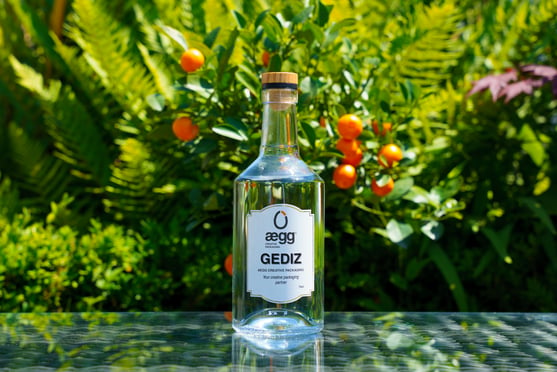Technical Article on Glass Moulds within the Glass Packaging Production Process
![IS mould equipment for glass packaging]](https://8443699.fs1.hubspotusercontent-na1.net/hub/8443699/hubfs/IS%20blow%20mould%20and%20bottom%20%28002%29.jpg?length=620&name=IS%20blow%20mould%20and%20bottom%20%28002%29.jpg)
Pawel Wieczorek, Aegg's Commercial Director for glass packaging gives the lowdown...
During the daily use of glassware, many people are aware of how glass is made, but not as many are aware of the machinery and equipment used in glass processing. In conjunction with my good friend Boleslav Kmet, who is the CEO at Forstek, a leading supplier of moulds for glass products, I would like to introduce some technical details.
Glass Tools for Tableware and Container Glass.jpg?width=300&name=IS%20blank%20mould%20casting%20(002).jpg)
When we are talking about glass moulds for tableware and container glass, the first thing to distinguish is the forming process. The most common processes are blowing and pressing and combinations of these two, such as blow-blow and press-blow processes.
There is also a process called spinning, where the glass gob spins with the mould causing the glass to take the shape of the mould by centrifugal force.
Based on the forming processes there are different types of machines, such as IS, press, press-blow, blow-blow or spinning machines. The designer of the moulds has to know the forming process very well in order to design the moulds.
Press machines
On a press machine, glass is formed by pressing molten glass into a mould by means of a plunger. Glass takes the shape of the cavity which is created by the mould, bottom, ring and the plunger.
For press moulds, stainless steel materials produced by ESR (electroslag remelting) processes are used which can endure high pressure and the thermal and chemical stress caused by the process.
Mould edges and plunger surfaces are often metallized with Co-based metal powder using the PTA (plasma transferred arc) process.
Container glass
Container glass is produced on IS (individual section) machines. IS mould sets consist of the following parts: blow mould, bottom, blank mould, baffle, funnel, neck ring, guide ring, plunger, blow head, take-out tongue and VF plate. Moulds for IS machines are generally produced using chilled iron that is composed of a core in grey cast iron (that will be in contact with the glass) and interface of alloyed cast iron and an external surface of white cast iron. The white cast iron is used more for the external hardness whereas the grey cast iron for its tenacity and its fatigue resistance. Foundries produce 3 basic alloys:
- The Lamellar Graphite Chilled cast iron developed for quick cooling
- The Spheroidal Graphite Chilled cast iron allowing a very compact surface in the glass contact area which allows very fine polishing (for cosmetic and perfume bottles)
- The Vermicular Graphite Chilled cast iron which has positive features of both previously mentioned cast irons
In some cases bronze alloys are used. Due to their high thermal conductivity they are used for parts that need more cooling (picure bottoms or neck rings).
Machining operations for producing an IS blow mould are: rough milling, metallization, finish milling, turning, VF drilling, vacuum hole drilling, polishing and final inspection including volume inspection.
IS Moulds
Before using IS moulds in production they are coated with a spray gun using a durable film lubricant. The coating is smooth and abrasive resistant and molten glass will not adhere to the coating.
This ensures that the glass container is contamination-free and the moulds need less polishing which will extend the lifecycle. Before the moulds are mounted on the machine they are also preheated in an oven.
After production the moulds are cleaned. The process is repeated in the next production. The life span of a mould is dependent on how many times it is placed on the machine for production.
For instance, if a mould set is used only once it could manufacture a million pieces, but if production is divided in several batches of 100,000 pieces then this mould may last no longer than 6 to 7 times because the start up of production and the cleaning operations tend to wear them out.
The operations that are carried out in factories between individual runs are also very important, during which the moulds are checked, cleaned and repaired, if necessary, so that they are ready for the production of subsequent products.
In a nutshell, this information brings to you the process of preparation for the production of glass products.

.jpg?width=300&name=IS%20blow%20mould%20and%20bottom%20(002).jpg)

